Home>Gardening & Outdoor>Landscaping Ideas>How To Get Green Bermuda Grass
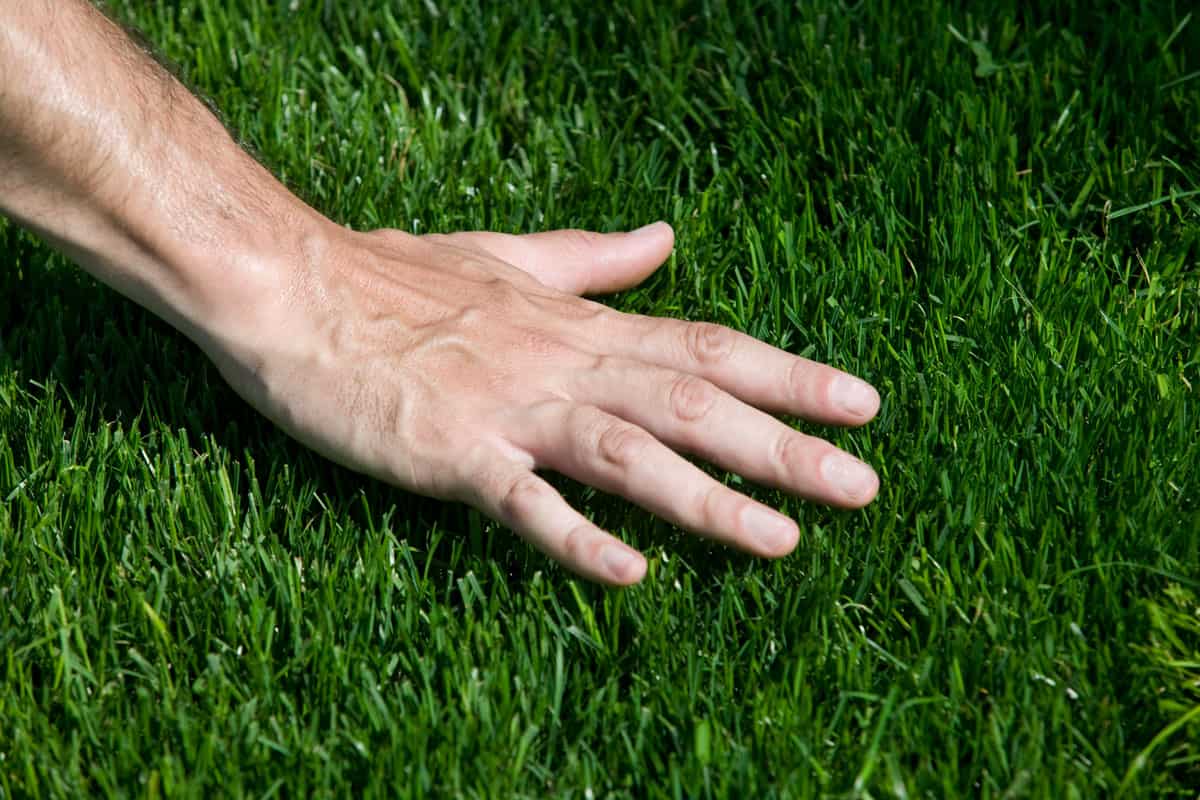

Landscaping Ideas
How To Get Green Bermuda Grass
Modified: October 19, 2024
Learn effective landscaping ideas to achieve lush, green Bermuda grass. Discover expert tips for maintaining a vibrant lawn.
(Many of the links in this article redirect to a specific reviewed product. Your purchase of these products through affiliate links helps to generate commission for Storables.com, at no extra cost. Learn more)
Introduction
So, you’ve decided to transform your yard into a lush, green paradise with Bermuda grass. Congratulations on choosing one of the most popular and resilient grass varieties for your lawn! Bermuda grass is renowned for its vibrant green color, exceptional durability, and ability to thrive in diverse climates. Whether you’re a seasoned gardener or a novice enthusiast, cultivating a vibrant Bermuda grass lawn is an achievable goal with the right knowledge and approach.
In this comprehensive guide, we will delve into the essential steps and best practices for growing and maintaining a stunning Bermuda grass lawn. From soil preparation and seeding to watering, fertilizing, and troubleshooting common issues, we’ll cover every aspect to ensure that your Bermuda grass flourishes and becomes the envy of the neighborhood.
By the end of this guide, you’ll be equipped with the expertise to nurture your Bermuda grass to perfection, creating a verdant oasis that beckons you to kick off your shoes and revel in its velvety embrace. Let’s embark on this green journey together and unlock the secrets to achieving a vibrant Bermuda grass lawn that will be the pride of your property.
Key Takeaways:
- Bermuda grass is a resilient and vibrant option for your lawn, thriving in warm climates and withstanding heavy foot traffic. Prepare the soil, choose between seeding and sodding, and maintain proper watering and fertilizing for a lush, resilient lawn.
- To nurture a beautiful Bermuda grass lawn, focus on proper mowing, maintenance, and proactive problem-solving. Address common issues like weed infestation, pest damage, disease susceptibility, thatch accumulation, and soil compaction to ensure your lawn remains vibrant and inviting.
Read more: How To Make Bermuda Grass Thicker And Green
Understanding Bermuda Grass
Before diving into the intricacies of cultivating Bermuda grass, it’s essential to grasp the fundamental characteristics of this resilient turfgrass. Bermuda grass, scientifically known as Cynodon dactylon, is a warm-season grass celebrated for its remarkable adaptability and robust nature. It thrives in regions with ample sunlight and exhibits exceptional heat tolerance, making it an ideal choice for lawns in warm climates.
One of the key attributes that make Bermuda grass a sought-after option is its rapid growth and quick establishment. Once it takes root, Bermuda grass spreads vigorously, forming a dense carpet of lush green blades. This aggressive growth habit enables Bermuda grass to outcompete weeds and withstand heavy foot traffic, making it a popular choice for lawns, sports fields, and golf courses.
Bermuda grass is also revered for its remarkable drought tolerance, allowing it to endure prolonged periods of limited water without sacrificing its vibrant hue. Additionally, this grass variety exhibits excellent recovery capabilities, bouncing back swiftly from damage or stress.
When it comes to soil preferences, Bermuda grass thrives in well-draining soil with a slightly acidic to neutral pH. Its adaptability extends to a range of soil types, including sandy, loamy, or clay soils, provided they offer adequate drainage.
Understanding the growth habits, preferences, and resilience of Bermuda grass sets the stage for successful cultivation. Armed with this knowledge, you’ll be well-prepared to create an optimal environment for your Bermuda grass to flourish, showcasing its lush green beauty and remarkable resilience.
Soil Preparation
Preparing the soil is a crucial initial step in establishing a thriving Bermuda grass lawn. The goal is to create an optimal environment that promotes robust root development, nutrient uptake, and overall vitality. Here’s a comprehensive guide to preparing the soil for your Bermuda grass:
1. Soil Testing:
Begin by conducting a soil test to assess the pH level and nutrient content of your soil. This valuable insight will guide the necessary amendments to optimize the soil for Bermuda grass cultivation. Aim for a pH range of 6.5 to 7.0, which is conducive to healthy grass growth.
2. Soil Aeration:
Aerating the soil is essential to alleviate compaction and improve air circulation to the grassroots. Utilize a core aerator to perforate the soil, allowing water, air, and nutrients to penetrate the root zone effectively.
Read more: When Does Bermuda Grass Turn Green
3. Weed Control:
Prior to planting Bermuda grass, address any existing weeds in the soil. Employing pre-emergent herbicides can help prevent weed growth, ensuring that your Bermuda grass has a competitive edge during its establishment phase.
4. Soil Amendments:
Based on the results of the soil test, incorporate appropriate soil amendments to optimize the nutrient balance and texture. Organic matter, such as compost or well-rotted manure, can enhance soil structure and fertility, fostering a favorable environment for Bermuda grass roots to thrive.
5. Raking and Leveling:
Thoroughly rake the soil to remove debris and create a smooth, even surface. This process facilitates uniform seed or sod distribution and promotes consistent growth across the lawn.
6. Irrigation:
Prior to seeding or sodding, ensure that the soil is adequately moist. Proper irrigation primes the soil for successful Bermuda grass establishment, setting the stage for robust growth and development.
By meticulously preparing the soil, you pave the way for your Bermuda grass to take root and flourish. This foundational groundwork sets the stage for a vibrant, resilient lawn that will be the pride of your outdoor space.
Read more: How To Get Rid Of Bermuda Grass
Seeding or Sodding
When it comes to establishing a lush Bermuda grass lawn, you have two primary options: seeding or sodding. Each method offers distinct advantages, and the choice depends on factors such as budget, time constraints, and personal preference. Let’s explore the details of seeding and sodding to help you make an informed decision:
Seeding:
Seeding is a cost-effective and rewarding approach to cultivating a Bermuda grass lawn. It grants you the opportunity to select from a wide range of Bermuda grass seed varieties, each tailored to specific climate conditions and aesthetic preferences. Before seeding, ensure that the soil is well-prepared, free of debris, and adequately moist for optimal germination.
Spread the Bermuda grass seed evenly across the prepared soil, following the recommended seeding rate provided by the seed manufacturer. Once seeded, gently rake the soil to cover the seeds to a depth of around 1/4 inch, facilitating good seed-to-soil contact. Keep the soil consistently moist to support germination and early growth, and refrain from mowing until the grass reaches a height of 2 to 3 inches.
Sodding:
Sodding offers the advantage of instant gratification, providing a fully matured Bermuda grass lawn upon installation. While it entails a higher initial cost compared to seeding, sodding eliminates the waiting period for grass to grow and fill in bare patches. When opting for sodding, select high-quality Bermuda grass sod from a reputable supplier to ensure the best results.
Prepare the soil thoroughly, removing debris and ensuring proper grading to accommodate the sod. Lay the Bermuda grass sod tightly together, avoiding gaps or overlaps, and water it immediately after installation to promote establishment. Regular watering is essential to facilitate root development and seamless integration of the sod into the soil.
Whether you choose seeding or sodding, the key to success lies in diligent soil preparation, attentive watering, and ongoing maintenance. Both methods offer the promise of a vibrant Bermuda grass lawn, enriching your outdoor space with lush, resilient greenery.
Watering and Fertilizing
Proper watering and fertilizing practices are integral to nurturing a thriving Bermuda grass lawn, promoting lush growth, vibrant color, and overall resilience. By understanding the optimal approach to watering and fertilizing, you can elevate the health and beauty of your Bermuda grass. Here’s a comprehensive guide to effective watering and fertilizing techniques:
Read more: How To Get Rid Of Bermuda Grass In Zoysia
Watering:
Bermuda grass thrives in well-drained soil and exhibits excellent drought tolerance once established. However, consistent and deep watering is essential, particularly during periods of active growth and in hot, arid climates. Aim to provide around 1 to 1.5 inches of water per week, either through rainfall or irrigation, to sustain healthy Bermuda grass growth.
Water deeply and infrequently to encourage robust root development, allowing the soil to dry slightly between watering sessions. Early morning is the optimal time for watering, as it minimizes water loss due to evaporation and provides ample moisture for the grass to thrive throughout the day.
Fertilizing:
Applying a balanced fertilizer at the appropriate intervals is key to fortifying Bermuda grass with essential nutrients for vigorous growth and vibrant color. Begin by conducting a soil test to determine the specific nutrient requirements of your lawn, guiding the selection of a suitable fertilizer formulation.
During the active growing season, typically from late spring to early fall, apply a high-quality, granular fertilizer specifically formulated for Bermuda grass. Opt for a fertilizer with a nitrogen-phosphorus-potassium (N-P-K) ratio tailored to warm-season grasses, such as 3-1-2 or 4-1-2. Apply the fertilizer according to the manufacturer’s instructions, ensuring even coverage across the lawn.
After fertilization, water the lawn thoroughly to facilitate nutrient absorption and prevent potential fertilizer burn. Regular fertilization, coupled with proper watering practices, sets the stage for a luxuriant Bermuda grass lawn that exudes vitality and resilience.
By implementing a well-calibrated watering schedule and providing the essential nutrients through timely fertilization, you can empower your Bermuda grass to thrive, showcasing its lush green hue and robust growth.
Mowing and Maintenance
Efficient mowing and diligent maintenance are pivotal components of nurturing a healthy and visually appealing Bermuda grass lawn. By adhering to proper mowing practices and implementing essential maintenance routines, you can elevate the lushness and resilience of your Bermuda grass, transforming your outdoor space into a verdant oasis. Here’s a comprehensive guide to mowing and maintaining your Bermuda grass:
Mowing:
Mowing Bermuda grass at the correct height and frequency is essential to promote dense growth and maintain an attractive appearance. Set your mower blade to a height of around 1 to 1.5 inches for a manicured, uniform look, adjusting the height based on the specific Bermuda grass variety and local climate conditions.
Adhere to the one-third rule, which entails removing no more than one-third of the grass blade length in a single mowing session. This practice prevents stress on the grass and encourages healthy regrowth, contributing to a lush, resilient lawn. Additionally, ensure that the mower blades are sharp to achieve clean, precise cuts that minimize the risk of grass damage.
Read more: How To Get Green Grass
Maintenance:
Besides regular mowing, ongoing maintenance tasks are essential to uphold the health and vibrancy of your Bermuda grass lawn. These tasks include aeration to alleviate soil compaction, dethatching to remove excessive thatch buildup, and overseeding to replenish the grass density and address bare patches.
Regular irrigation, tailored to the specific needs of Bermuda grass, is crucial to sustain optimal moisture levels and support robust growth. Additionally, vigilant weed control measures, such as targeted herbicide applications and manual removal, help preserve the pristine appearance of your Bermuda grass lawn.
Periodic soil testing and fertilization ensure that your Bermuda grass receives the essential nutrients for vigorous growth and vibrant color. Tailor the fertilization schedule to coincide with the active growing season, providing the grass with the necessary nourishment to thrive.
By adhering to meticulous mowing practices and implementing comprehensive maintenance routines, you can cultivate a lush, resilient Bermuda grass lawn that captivates with its vibrant green hue and velvety texture. Embrace the art of mowing and maintenance to elevate the allure of your outdoor oasis, where the beauty of Bermuda grass takes center stage.
Dealing with Common Problems
While Bermuda grass is celebrated for its resilience and adaptability, it is susceptible to certain common issues that can detract from its lushness and vigor. By familiarizing yourself with these potential challenges and implementing targeted solutions, you can safeguard the health and beauty of your Bermuda grass lawn. Here’s a comprehensive guide to addressing common problems encountered when nurturing Bermuda grass:
1. Weed Infestation:
Weeds can encroach upon Bermuda grass lawns, competing for essential nutrients and detracting from the uniformity of the turf. Employ pre-emergent herbicides to prevent weed growth, and selectively apply post-emergent herbicides to target existing weeds without harming the Bermuda grass. Manual removal of weeds is also effective for isolated infestations.
2. Pest Damage:
Certain pests, such as armyworms, grubs, and mites, can pose a threat to Bermuda grass, causing visible damage and compromising its vitality. Implement integrated pest management strategies, including targeted insecticide applications and biological control methods, to mitigate pest populations and safeguard the health of your lawn.
Read more: How To Get Rid Of Centipede Grass In Bermuda
3. Disease Susceptibility:
Bermuda grass may be vulnerable to diseases such as dollar spot, brown patch, and leaf spot, particularly in conditions of high humidity or inadequate air circulation. Practice proper watering techniques to prevent overhydration, ensure adequate soil drainage, and employ fungicidal treatments if disease symptoms manifest.
4. Thatch Accumulation:
Excessive thatch buildup can impede the growth and health of Bermuda grass, necessitating proactive dethatching to alleviate the accumulation. Utilize a dethatching rake or power dethatcher to remove the thatch layer, promoting improved air and water penetration to the grassroots.
5. Soil Compaction:
Compacted soil can hinder the growth of Bermuda grass roots and compromise overall lawn health. Aeration is an effective remedy for soil compaction, enhancing air circulation and facilitating nutrient uptake. Core aeration equipment can be employed to perforate the soil, promoting a healthy root environment.
By proactively addressing these common problems and implementing targeted solutions, you can fortify the resilience and vibrancy of your Bermuda grass lawn, ensuring that it flourishes as a verdant, inviting expanse that enhances your outdoor environment.
Conclusion
Congratulations on embarking on the journey to cultivate a vibrant Bermuda grass lawn that will enrich your outdoor space with its lush, resilient beauty. By delving into the essential steps and best practices for nurturing Bermuda grass, you’ve equipped yourself with the knowledge and expertise to transform your yard into a verdant oasis that beckons you to unwind and revel in its velvety embrace.
From the foundational soil preparation and the choice between seeding and sodding to the art of watering, fertilizing, mowing, and maintenance, you’ve gained valuable insights into the intricate nuances of cultivating and caring for Bermuda grass. Embracing these practices will empower you to create an optimal environment for your Bermuda grass to thrive, showcasing its vibrant hue and remarkable resilience.
As you embark on this green journey, remember that proactive problem-solving is integral to preserving the health and allure of your Bermuda grass lawn. By familiarizing yourself with common issues and implementing targeted solutions, you can safeguard the vibrancy and lushness of your turf, ensuring that it remains a source of pride and beauty.
Ultimately, the allure of Bermuda grass lies in its remarkable adaptability, rapid growth, and exceptional resilience. Whether it’s withstanding heavy foot traffic, thriving in diverse climates, or bouncing back swiftly from stress, Bermuda grass epitomizes the resilience and beauty that we aspire to cultivate in our outdoor spaces.
As you nurture your Bermuda grass, embrace the joy of witnessing its robust growth and the satisfaction of creating a welcoming outdoor haven for relaxation and recreation. With your newfound expertise and a touch of green-thumb finesse, your Bermuda grass lawn will flourish, becoming the envy of the neighborhood and a cherished retreat for you and your loved ones.
So, go ahead – revel in the lushness, savor the vibrancy, and bask in the allure of your meticulously nurtured Bermuda grass lawn. It’s more than a lawn – it’s a living canvas that enriches your outdoor sanctuary with its timeless beauty and enduring resilience.
Frequently Asked Questions about How To Get Green Bermuda Grass
Was this page helpful?
At Storables.com, we guarantee accurate and reliable information. Our content, validated by Expert Board Contributors, is crafted following stringent Editorial Policies. We're committed to providing you with well-researched, expert-backed insights for all your informational needs.
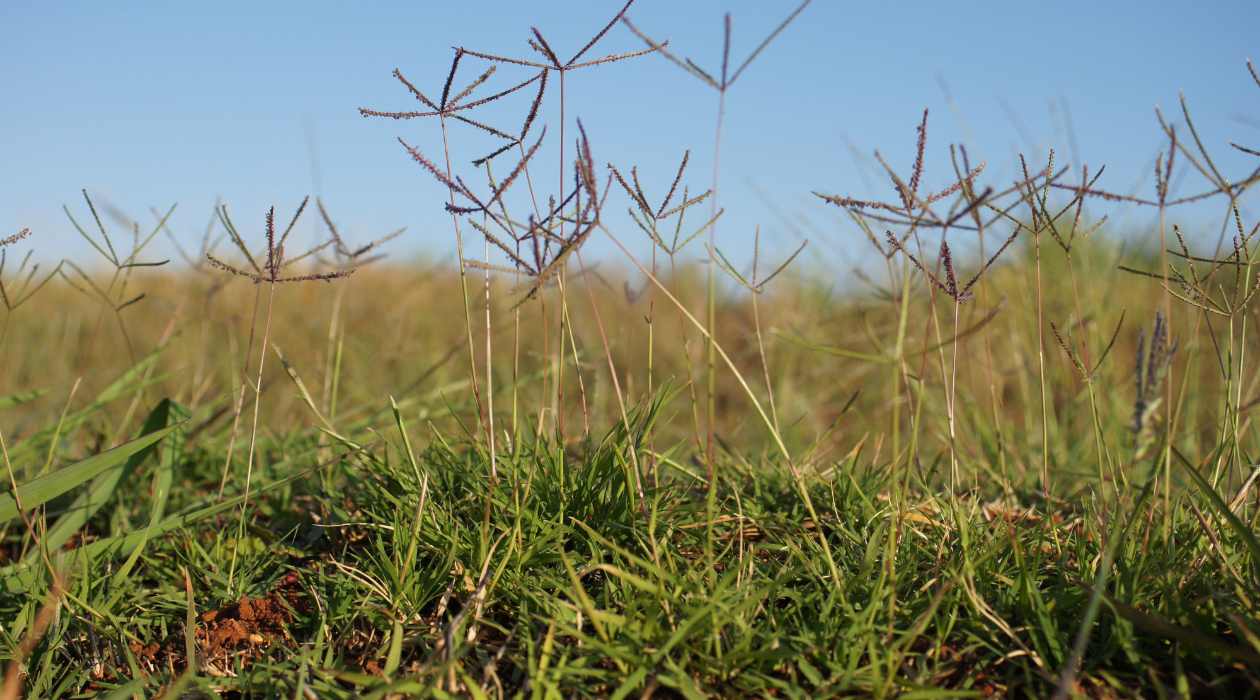
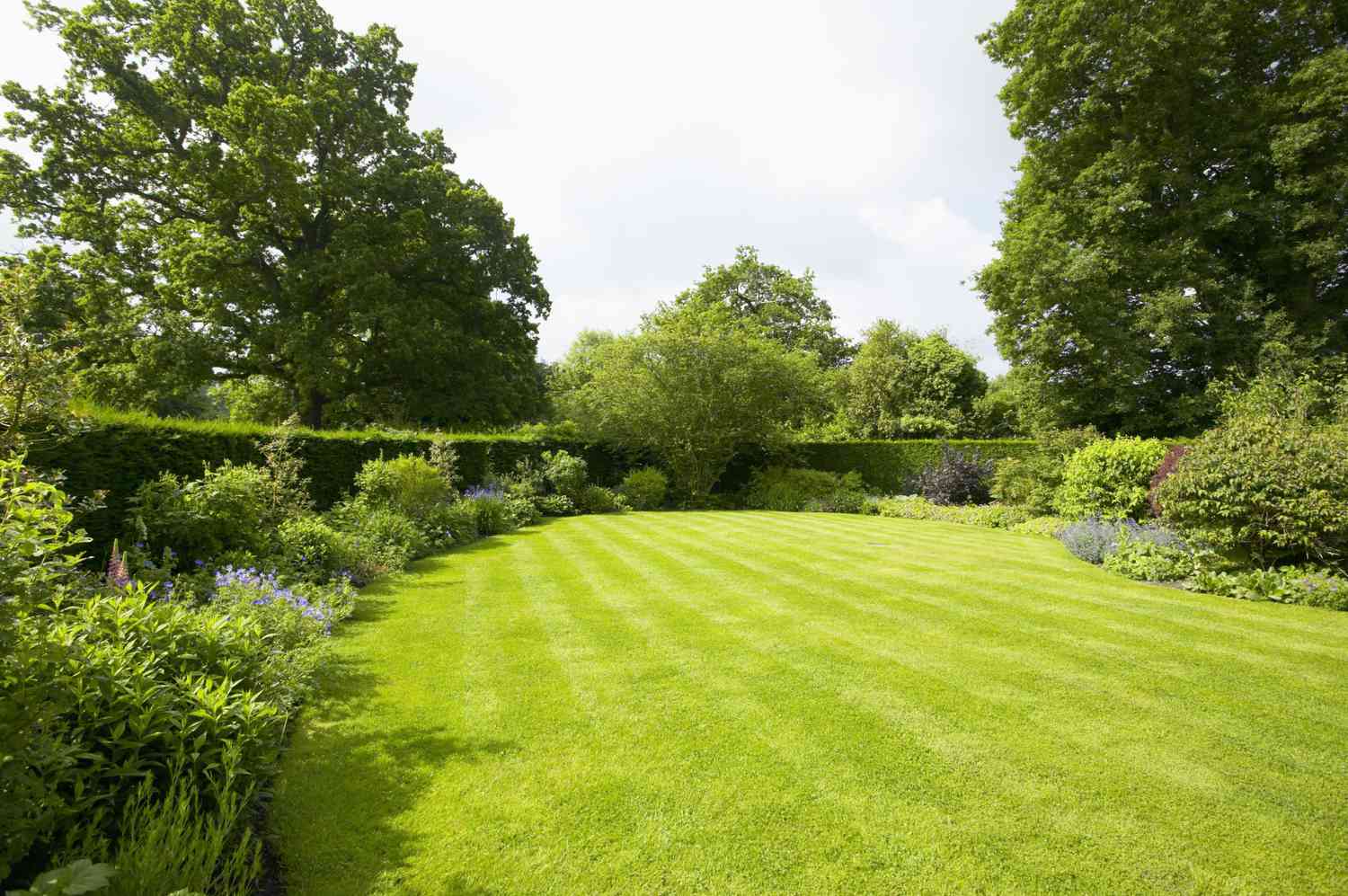
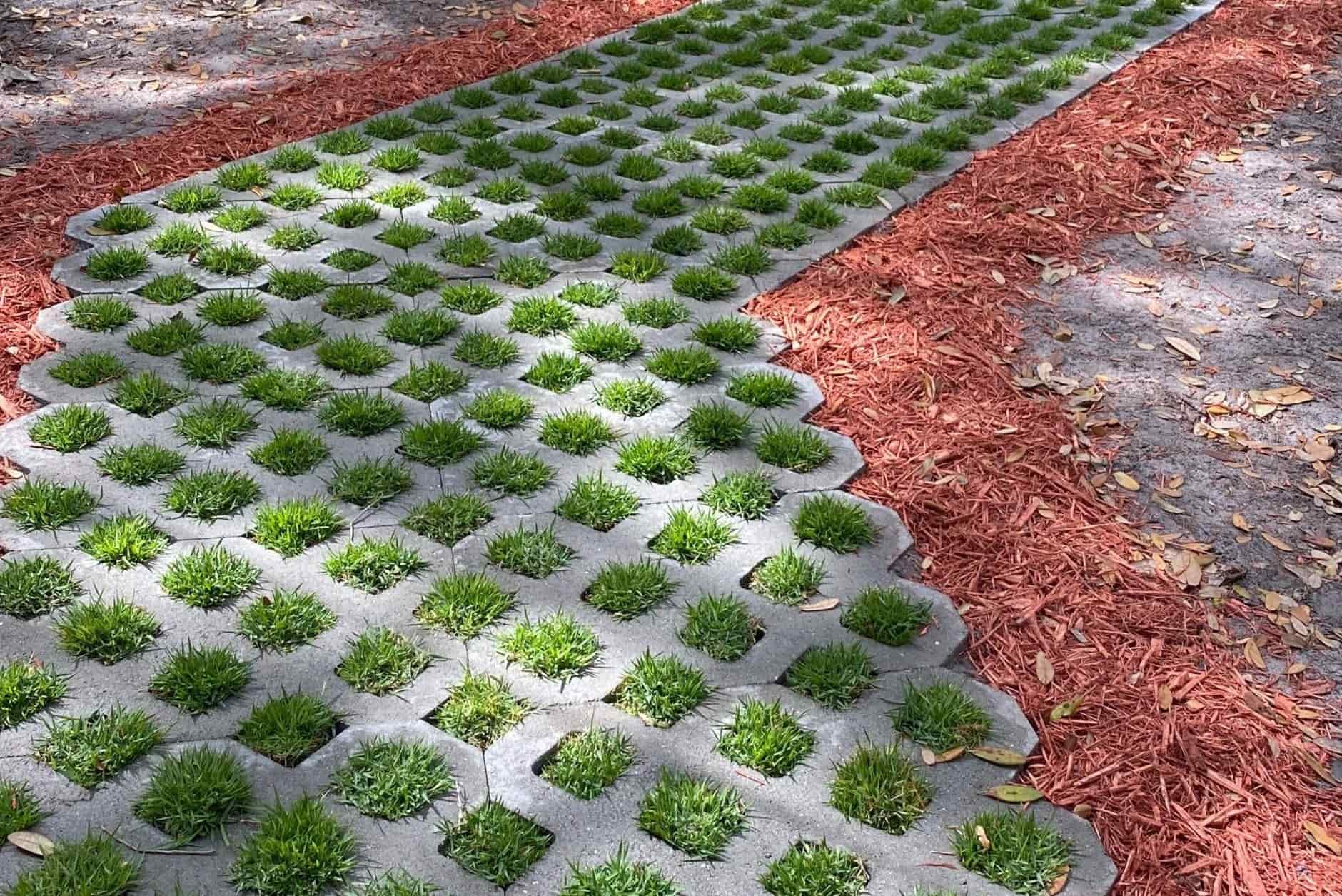
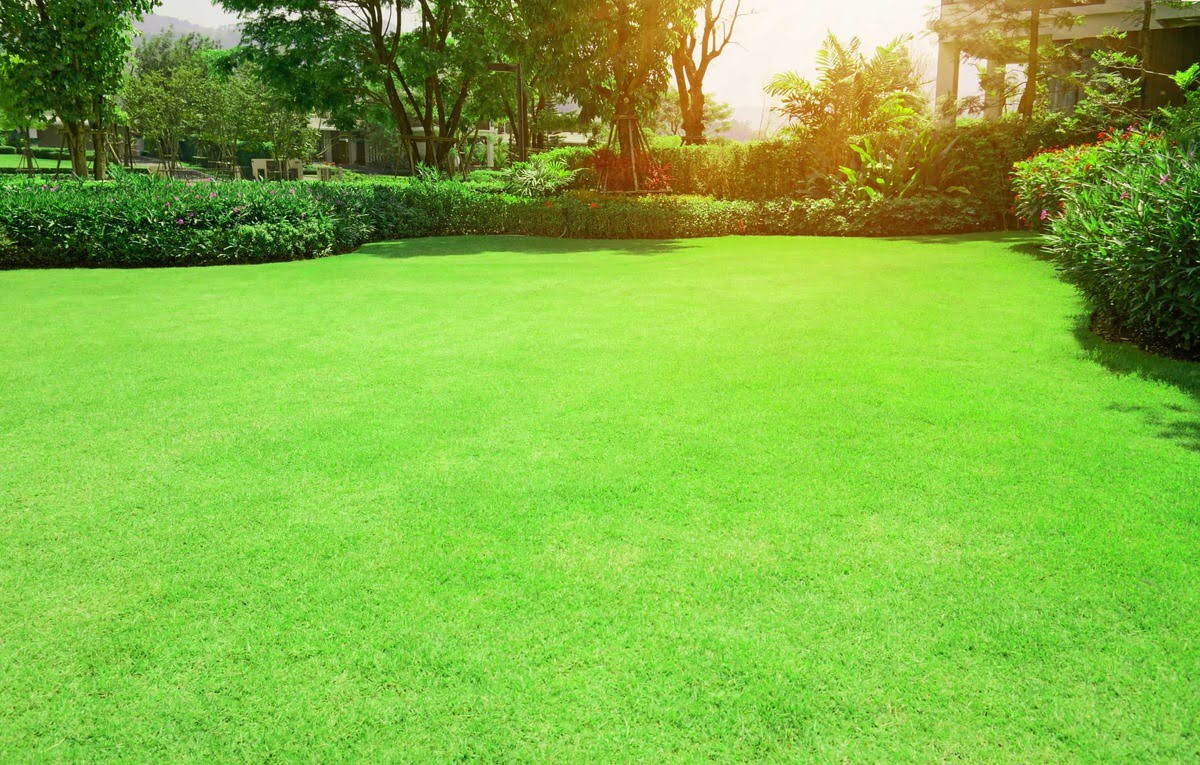
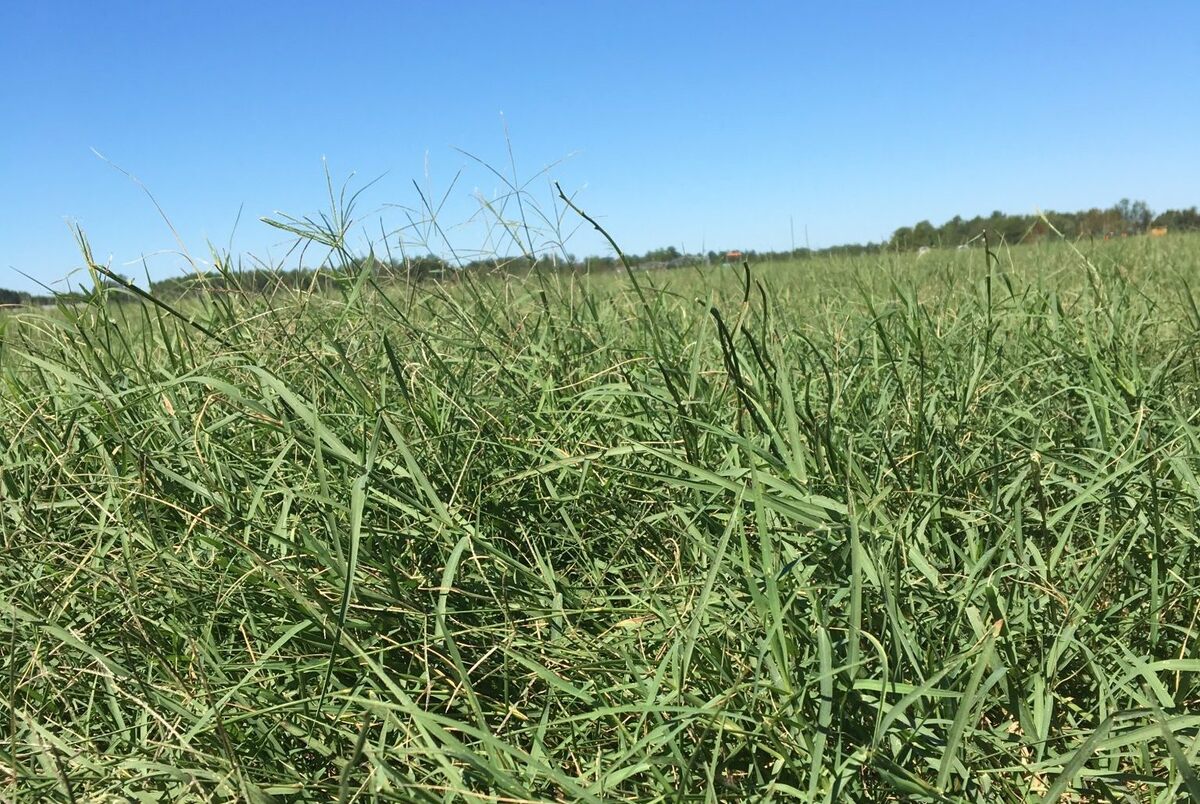
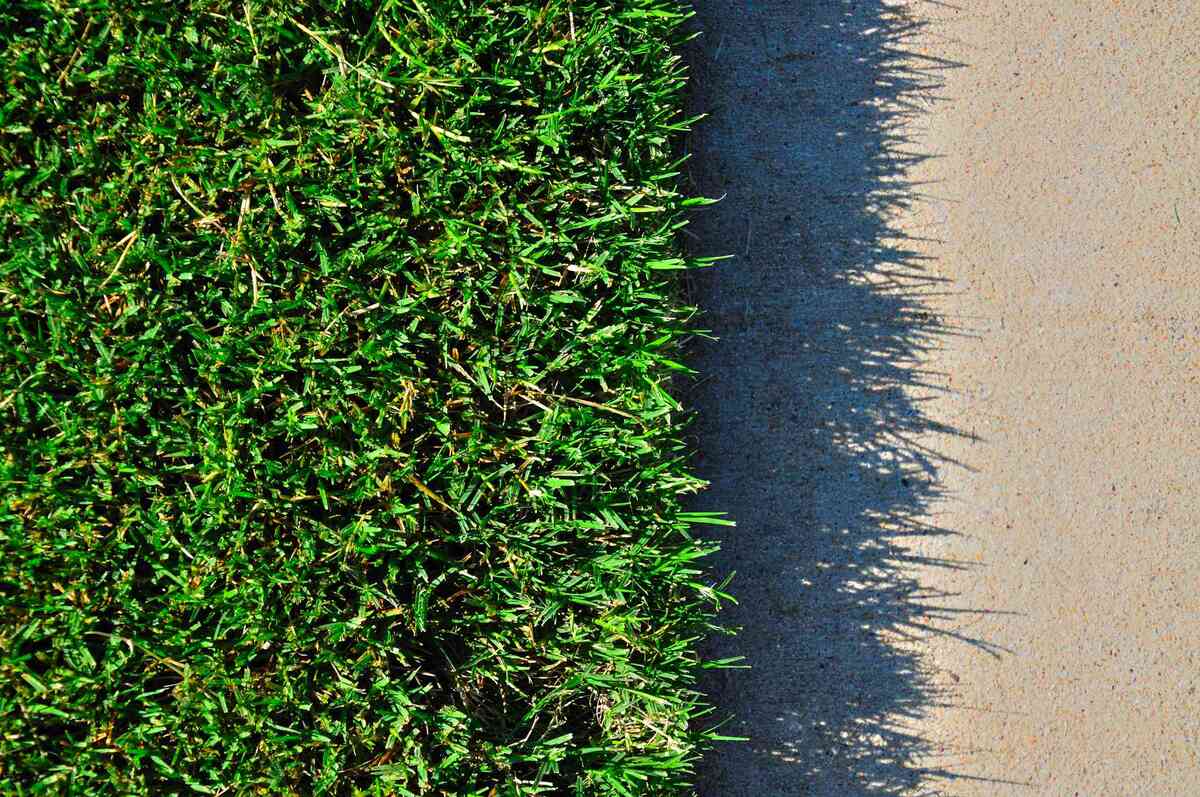
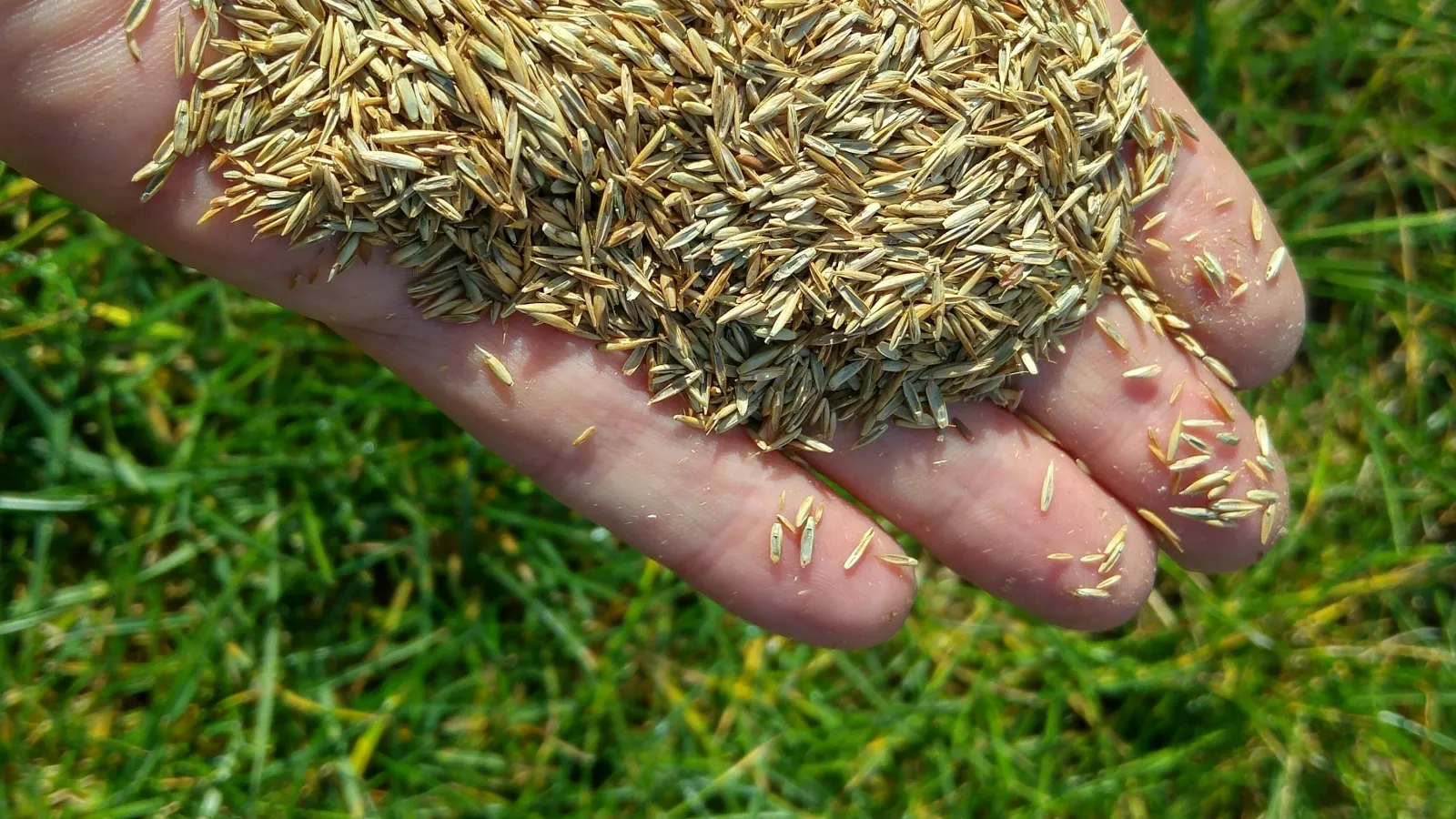
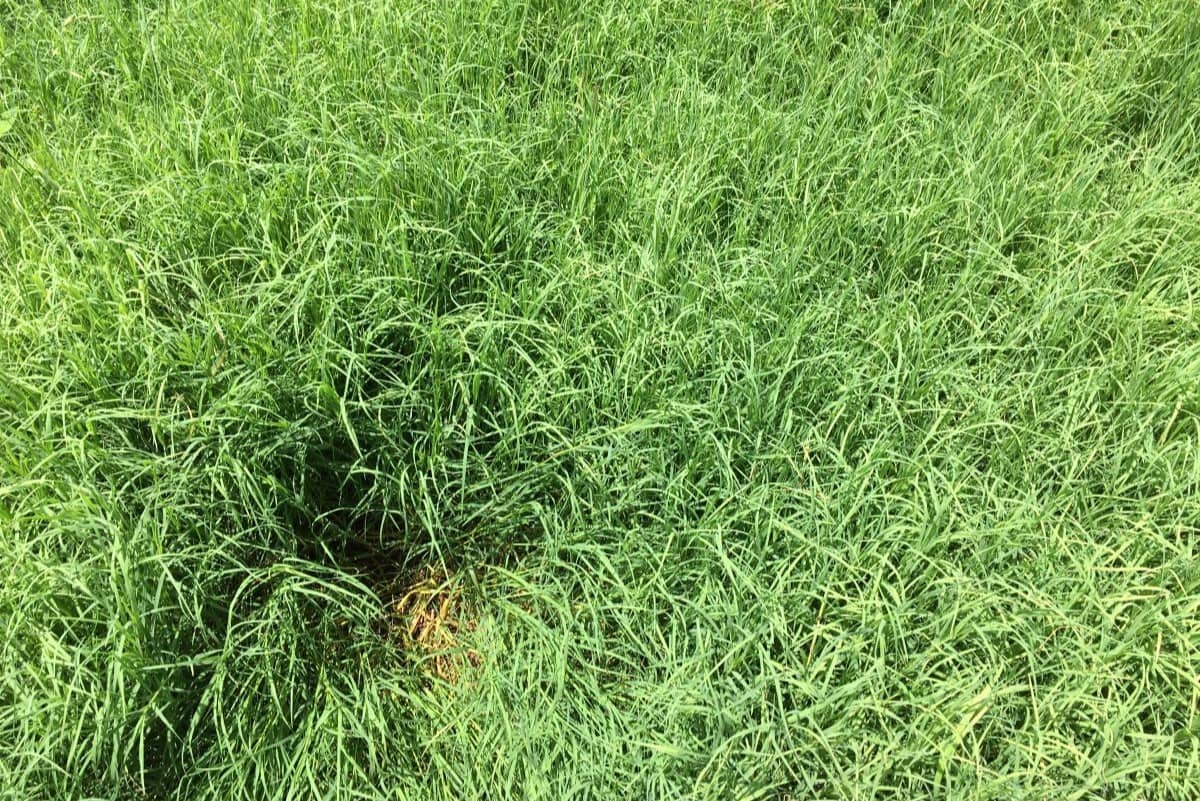
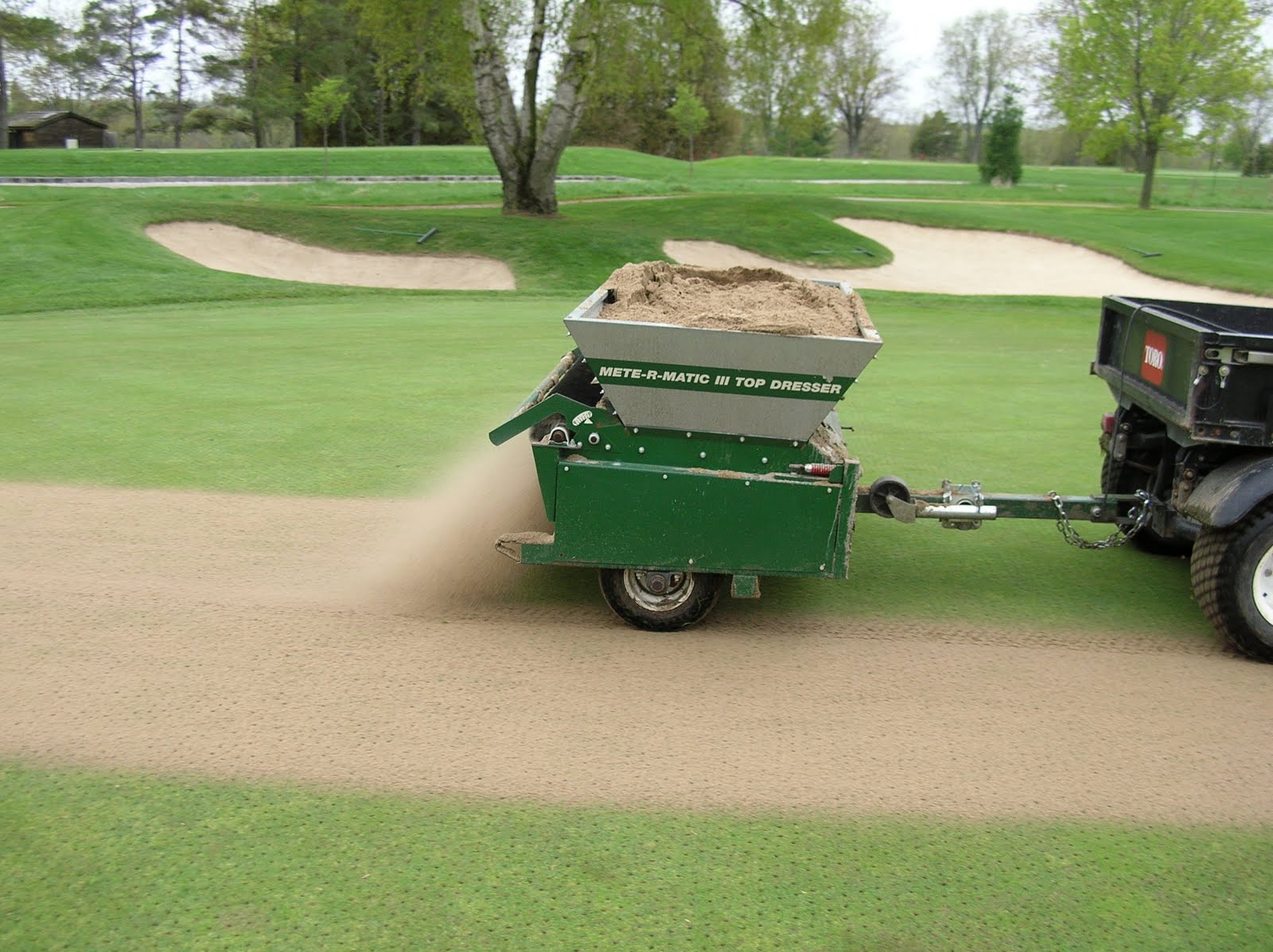
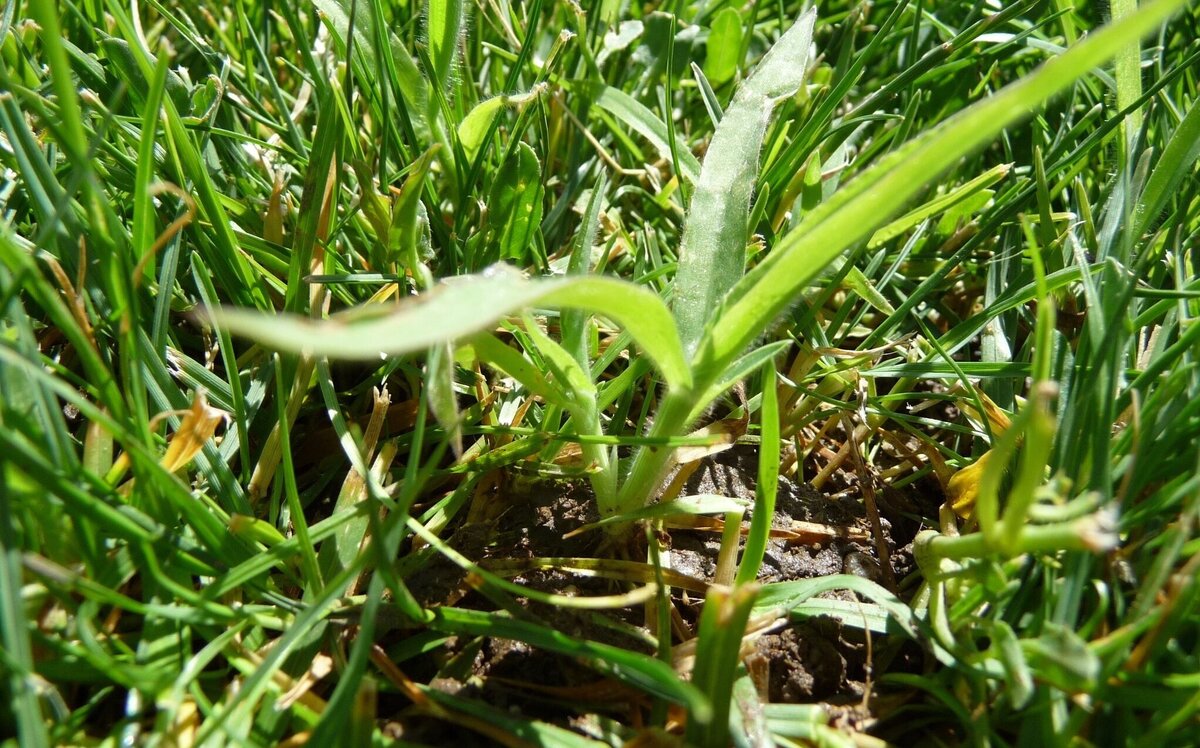

0 thoughts on “How To Get Green Bermuda Grass”